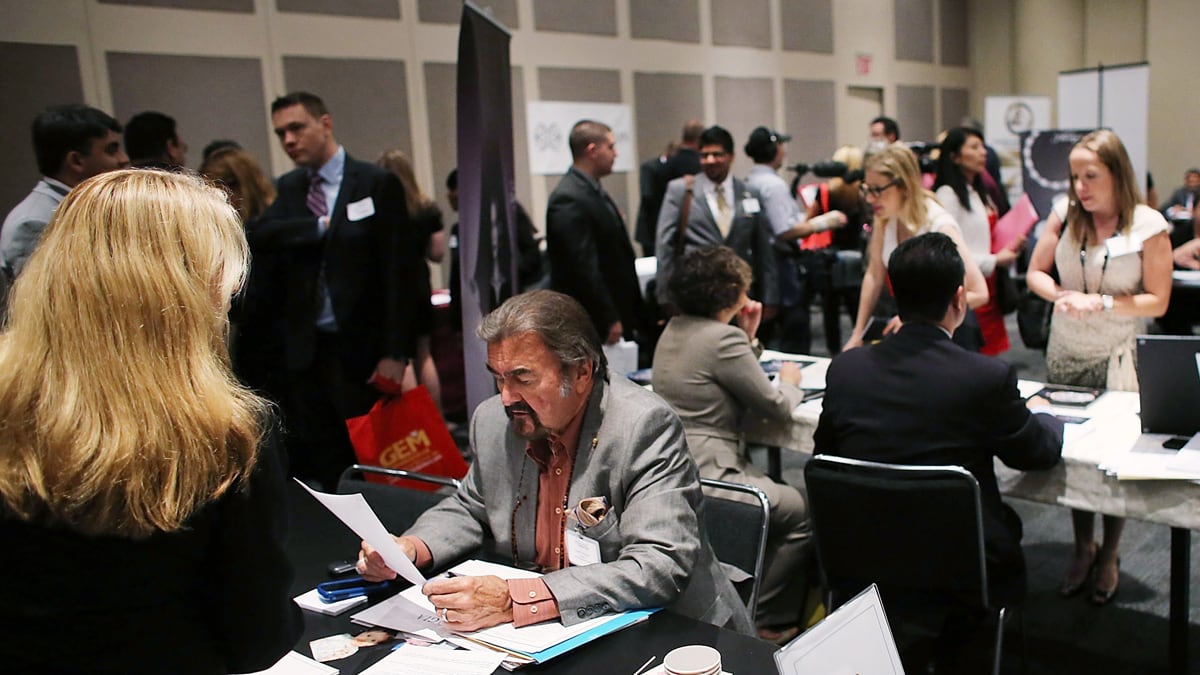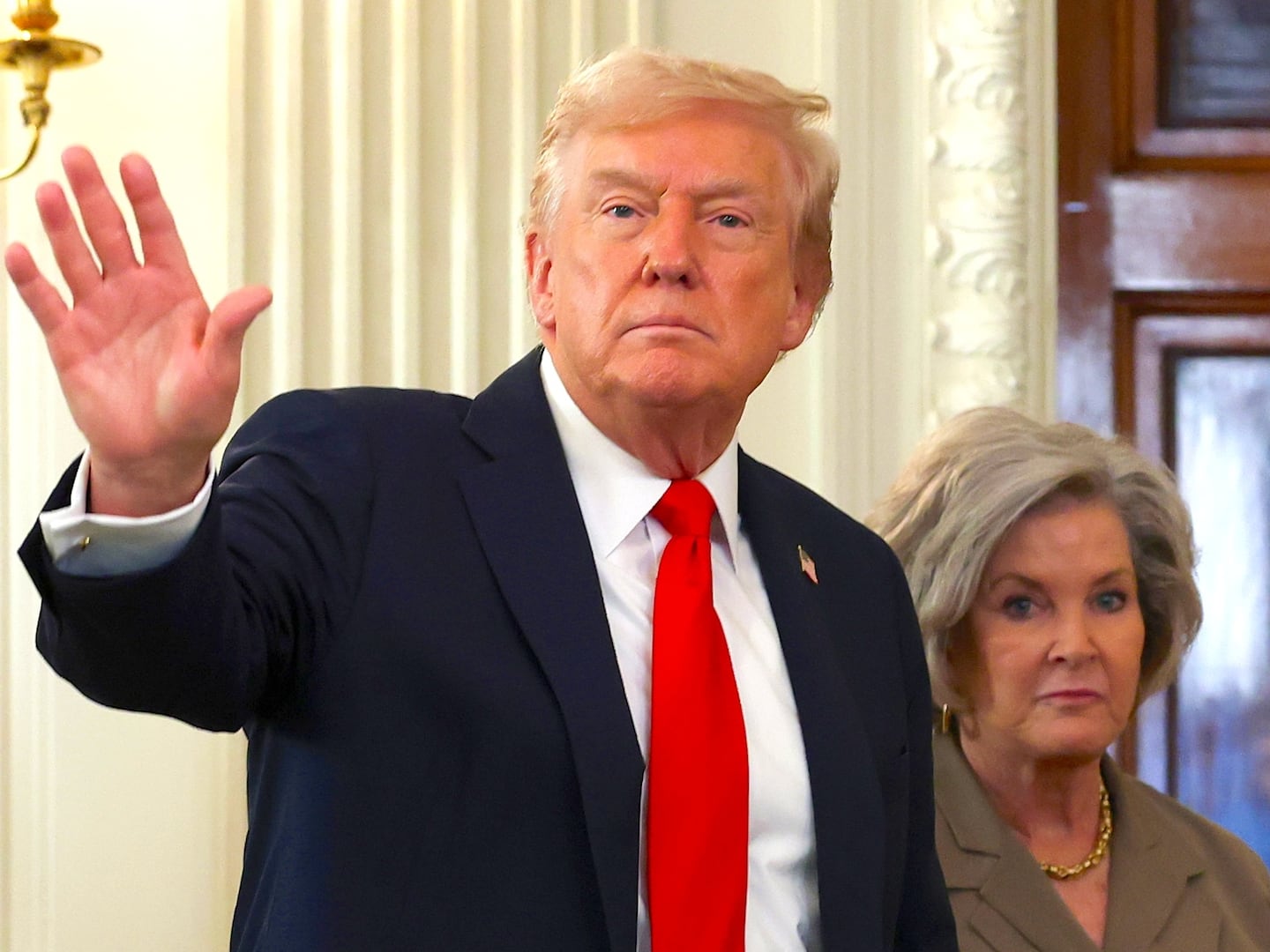The Bureau of Labor Statistics monthly report on the state of the labor market is the Super Bowl of economic indicators—massive hype in the days leading up to the event, pre-game shows on television, informal wagering, passionate debate. And as the Super Bowl does, the BLS report ends with intensive, nit-picking analysis. In an election season in which the economy is the predominant issue, the report has assumed even greater importance.
Friday’s report contained fodder for supporters of both Obama (the Chicago Bulls) and Romney (the Boston, um, Bears?). The economy added 163,000 payroll jobs in July. That’s much better than the anemic trend of recent months. Most of the gains came from business services (49,000), manufacturing (25,000), education (18,200), and health care (19,000). The gains should provide a measure of relief to the Bulls. But the unemployment rate, which has remained stubbornly high, ticked up a bit, to 8.3 percent. And so we’ve got dueling headlines. Democratic releases today will tout the 163,000 payroll job gain while Republican ones will lead with the elevated unemployment rate. In the accompanying video, John Avlon and I discuss the political import of the jobs report.
Here are a few key economic takeaways.
A tale of two surveys. What accounts for the dichotomy between rising payroll job gains and a rising unemployment rate? The payroll jobs figures is compiled from the “establishment survey,” in which BLS calls up firms and asks them how many people they’re employing. The unemployment rate is calculated from the “household survey,” in which BLS calls people and asks them whether they’re working, whether they’re looking for work, etc. The rate ticked up in July because the number of people who said they were working in the month declined. The household survey also tells the tale of greater labor force frustration. The U-6 is one of BLS’s alternate measures of labor underutilization. It takes into account people who are working for part-time but would rather be working full-time—people who have grown discouraged. That measure ticked up to 15.0 percent in July from 14.9 percent in June. The upshot: there are still epic amounts of slack in the labor market.
The conservative recovery continues. For months, I’ve been talking about the growth in jobs as a “conservative recovery.” In typical expansions, government employment rises along with private sector employment—it’s what happened during the Reagan and Bush II expansions. But under Obama, not so much. For the last two years, government has been consistently cutting jobs while the private sector has consistently added positions. That happened again in July, as this chart shows. The private-sector added 172,000 jobs while government sector cut 9,000 jobs. Since May 2010, government has reduced employment by 1.069 million. Since February 2010, the private sector has added 4.544 million jobs. Put another way, in July 2012, 83.54 percent of the jobs in the U.S. were private-sector positions. In May 2010, only 82.33 percent were. Socialism!
Better in Hindsight? For much of the past few years, the job market tended to look a little better in hindsight. Each month, when it reports results, BLS revisits the figures from the previously reported two months. And throughout much of 2010 and 2011, BLS frequently discovered more positions, and revised the jobs figures up. But that trend came to a halt this year. In July’s reports, the revisions were a wash. The June figure, previously reported as a gain of 80,000, was revised down to a gain of 64,000. (Translation: June was worse than we thought.) Meanwhile, May’s figure was revised up from an addition of 77,000 to a gain of 87,000 jobs. (Translation: May was slightly better than we first thought). In July, then, the revisions were a wash.
The long view. Analysts always encourage the public not to make too much of one month’s numbers, and instead to look at a long-term trends. Politicians ask voters to do the same. Compared with a year ago, there are 1.943 million more people working at payroll jobs. Wages and the number of hours haven’t budged much. But they’ve still risen in the past 12 months. Compared with July 2011, average hourly wages were up 1.7 percent in July 2012. And because the average number of hours worked ticked up a bit, average weekly wages have risen nearly 2 percent in the past year. So we’ve got more people working, for slightly more hours, and slightly higher wages. That’s not a recipe for a boom. But it doesn’t indicate a bust is coming any time soon.






